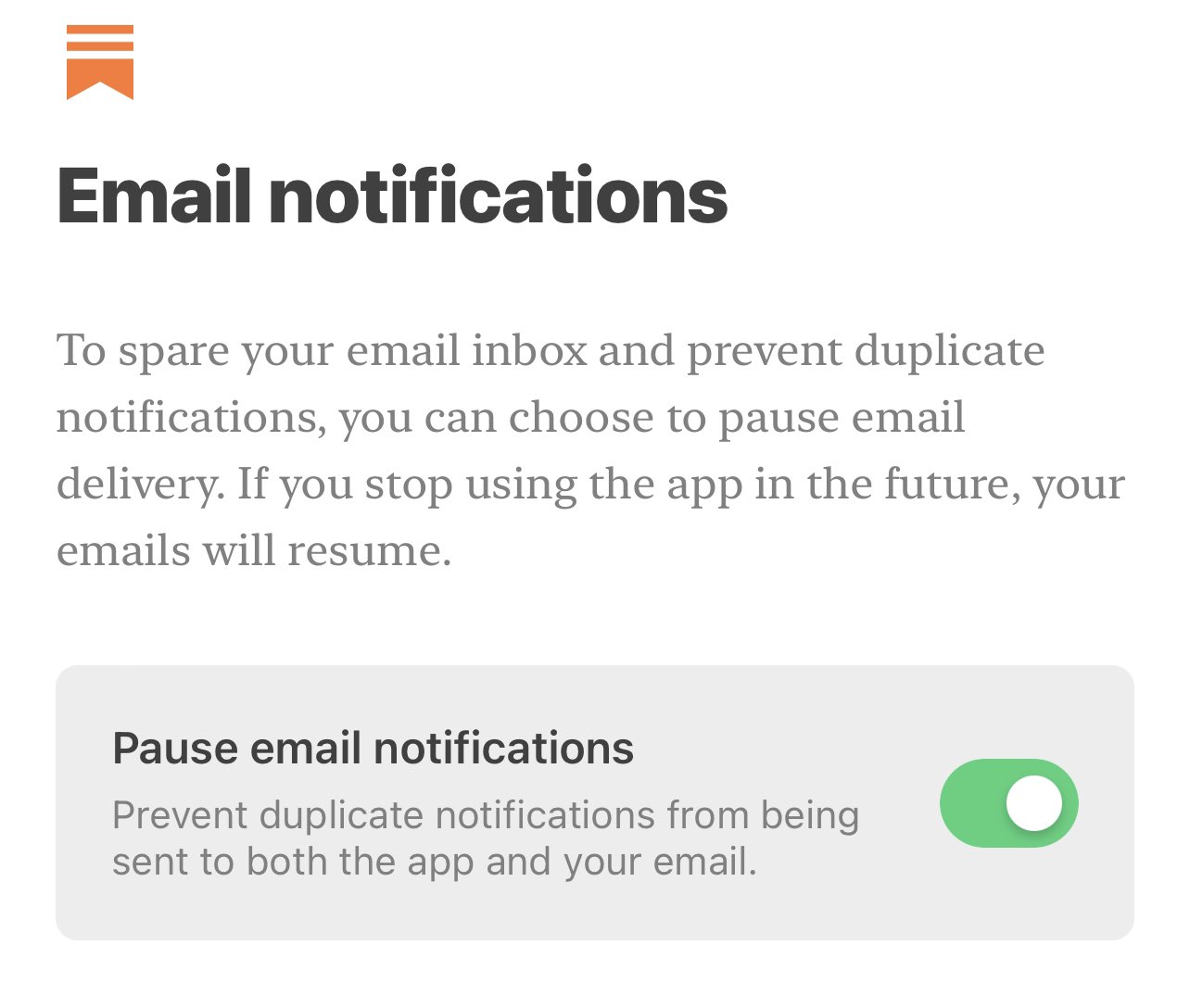NOTE: This post is updated semi-regularly with any relevant news on the mentioned newsletters.
Substack has been in the tech/media news lately, for all the wrong reasons. Their position on moderation can be roughly summed up as:
- Sex is bad
- Incitement to violence is bad
- Everything else, including actual Nazis, is OK!
After re-affirming that they would not actively moderate content on their platform, and only offering to remove a few newsletters specifically brought to their attention, a number of prominent newsletters opted to leave Substack, with most moving to Ghost, which, unlike Substack, is not a platform, just a company that provides a blog/platform service and that’s about it. Others went to Buttondown1My own piddly newsletter, recently renamed Doodlings and Noodlings, is debuting on Buttondown this very month, Beehiiv, other hosts or moved to self-hosting.
My stance on this situation is:
- Substack is free to choose whom they host on their platform
- I, likewise, can choose to not have any paid subscriptions on Substack, since my payments are helping to fund a lot of hate. See here for details: All the garbage I found on Substack in 1 hour
- I also can choose to move my own newsletter elsewhere, which I have done
I’ve gone a step further now, by unsubscribing to all free Substack newsletters. In every case, I have written a polite message to the newsletter author letting them know why I have unsubbed. I’m hoping some of them will switch to other hosts, but at this point I think the ones who haven’t are probably leaning more toward not moving. And that’s their choice–as is mine to unsub!
I’ll update this post with any word back I may hear from these newsletters. The two I most recently unsubbed to are:
- Austin Kleon (paid)
- Experimental History (free)
UPDATE, January 29, 2024: Apparently I subscribed to a lot of Substack newsletters! 😛 Here’s more I’ve unsubscribed from:
- Design Lobster (free–no pay option exists)
- Links I Would Gchat You If We Were Friends (free–no pay option exists). UPDATE, January 29, 2024: The author wrote me back to say she has been in touch with Substack execs and is looking into moving to a different platform. Good to hear!
- The Status Kuo (free, paid option exists)
- GameDiscoverCo (free, paid option exists). I didn’t email to explain why I was unsubscribing, probably because I doubt they will move.
- I’m Fine I’m Fine Just Understand (free, paid option exists). This one is weird, because it’s a comic about a person transitioning and Substack famously already had an exile a few years back for hosting openly transphobic writers. I also didn’t explain why I’m unsubscribing here.

